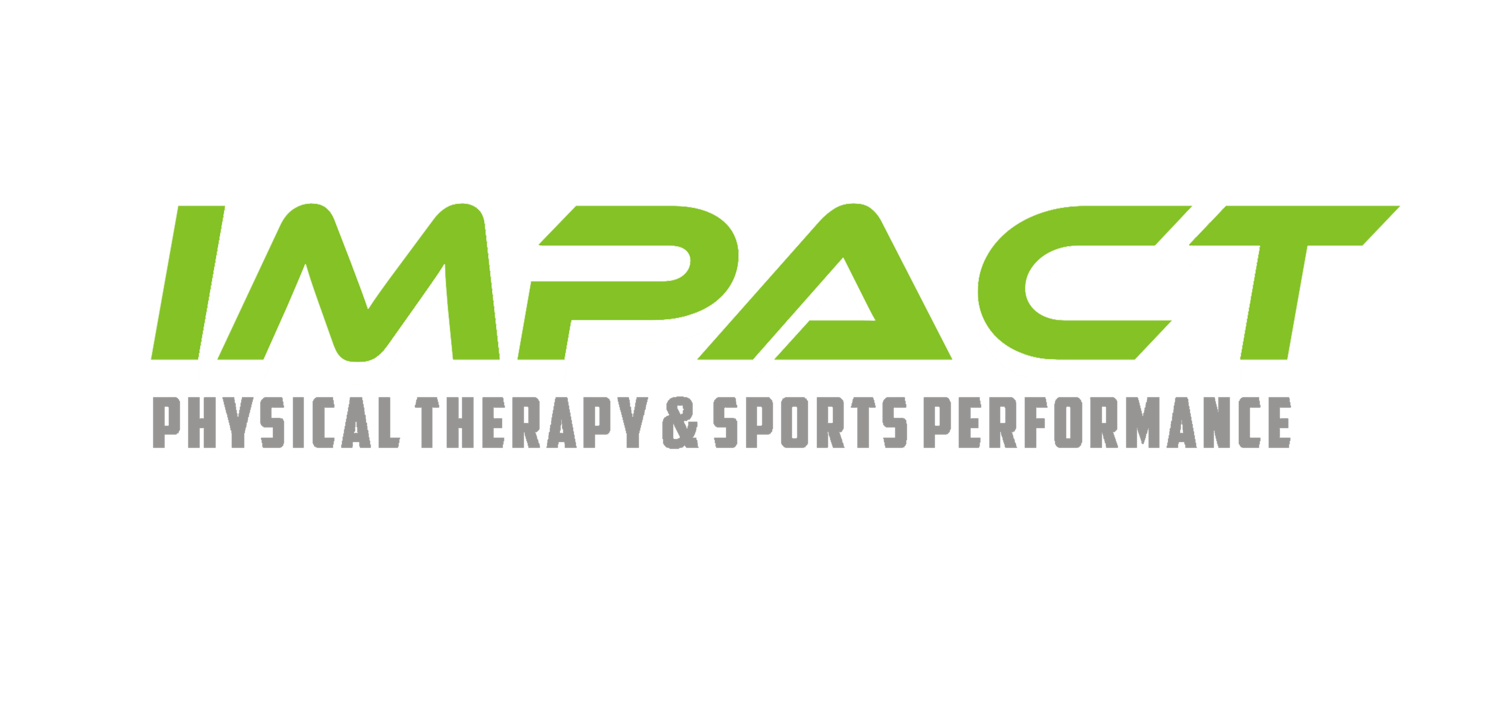Can Disc Herniations Heal?
Introduction
A disc herniation in the lumbar (lower back) or cervical (neck) spine can be a painful and frustrating condition. Many people assume that surgery is the only option, but the truth is most herniated discs can heal without surgery through proper care, movement, and time.
At Impact Physical Therapy and Sports Performance, we help patients recover from disc herniations using evidence-based rehabilitation that promotes natural healing. In this article, we’ll explain how herniated discs heal, the differences between lumbar and cervical herniations, and what you can do to support your recovery.
What is a Herniated Disc?
Between each vertebra in your spine lies an intervertebral disc, which acts as a cushion and provides flexibility. Each disc has:
- A soft, gel-like center (nucleus pulposus)
- A tough outer layer (annulus fibrosus)
A herniation occurs when the nucleus pushes through the annulus, potentially irritating nearby nerves and causing pain, numbness, or weakness.
Lumbar vs. Cervical Disc Herniation Symptoms
Lumbar (Lower Back) Disc Herniation Symptoms:
Lower back pain that may radiate to the buttocks, legs, or feet (sciatica)
Numbness or tingling in the leg
Weakness in the affected leg or foot
Increased pain when sitting, bending, or lifting
Cervical (Neck) Disc Herniation Symptoms:
Neck pain that may radiate to the shoulders, arms, or hands
Numbness or tingling down the arm or fingers
Weakness in the shoulder, arm, or hand
Increased pain with neck movement or prolonged poor posture
How Do Herniated Discs Heal?
1. Natural Resorption (Body's Self-Healing Process)
The body has an amazing ability to break down and absorb herniated disc material over time. This process, called resorption, allows the disc to shrink, reducing nerve irritation and inflammation.
The immune system clears out the leaked disc material
Inflammation decreases, easing nerve compression and pain
The disc heals by reabsorbing water and stabilizing
This self-healing process can take weeks to months, depending on the severity of the herniation and the body’s ability to recover.
2. Movement and Physical Therapy
Contrary to old beliefs, bed rest is not the answer for disc herniations. Movement is key to healing! At Impact Physical Therapy, we guide patients through:
Gentle mobility exercises to restore spinal movement
Strengthening of core, back, and postural muscles to offload pressure from the disc
Nerve gliding exercises to improve flexibility and reduce nerve irritation
3. Postural Corrections and Load Management
Herniated discs are often aggravated by poor posture and repetitive strain. To promote healing:
Avoid prolonged sitting—get up and move every 30-60 minutes
Use proper lifting techniques to prevent excessive spinal stress
Adjust sleeping positions for better spinal alignment
At Impact Physical Therapy, we assess your posture, movement habits, and daily activities to modify them for optimal recovery.
4. Pain and Inflammation Control
While the body naturally heals herniated discs, reducing pain and inflammation can help make the process more comfortable:
Ice & heat therapy for pain relief
Manual therapy to improve mobility and ease tension
Non-steroidal anti-inflammatory drugs (NSAIDs) when recommended by a physician
When is Surgery Needed?
Most disc herniations do NOT require surgery and can heal with conservative treatment. However, surgery may be considered if:
Severe weakness in the legs or arms
Loss of bowel or bladder control (a medical emergency)
No improvement after 3-6 months of conservative care
The Road to Recovery: What to Expect
Herniated disc recovery varies for each individual, but with the right approach, most people experience significant improvement in weeks to months.
Phase 1 (Weeks 1-4): Pain relief, gentle mobility, inflammation control
Phase 2 (Weeks 4-8): Strengthening, postural correction, activity modifications
Phase 3 (Weeks 8-12+): Functional movement training, return to daily activities & sports
Take Control of Your Recovery!
A lumbar or cervical disc herniation is not a life sentence—with the right treatment, your spine can heal naturally. At Impact Physical Therapy and Sports Performance, we create personalized rehab programs to help you move pain-free and confidently again.
📞 Contact us by phone or email today to schedule an evaluation and start your recovery journey!
#DiscHerniation #BackPainRelief #NeckPainRelief #PhysicalTherapy #SpinalHealth #ImpactStrength

